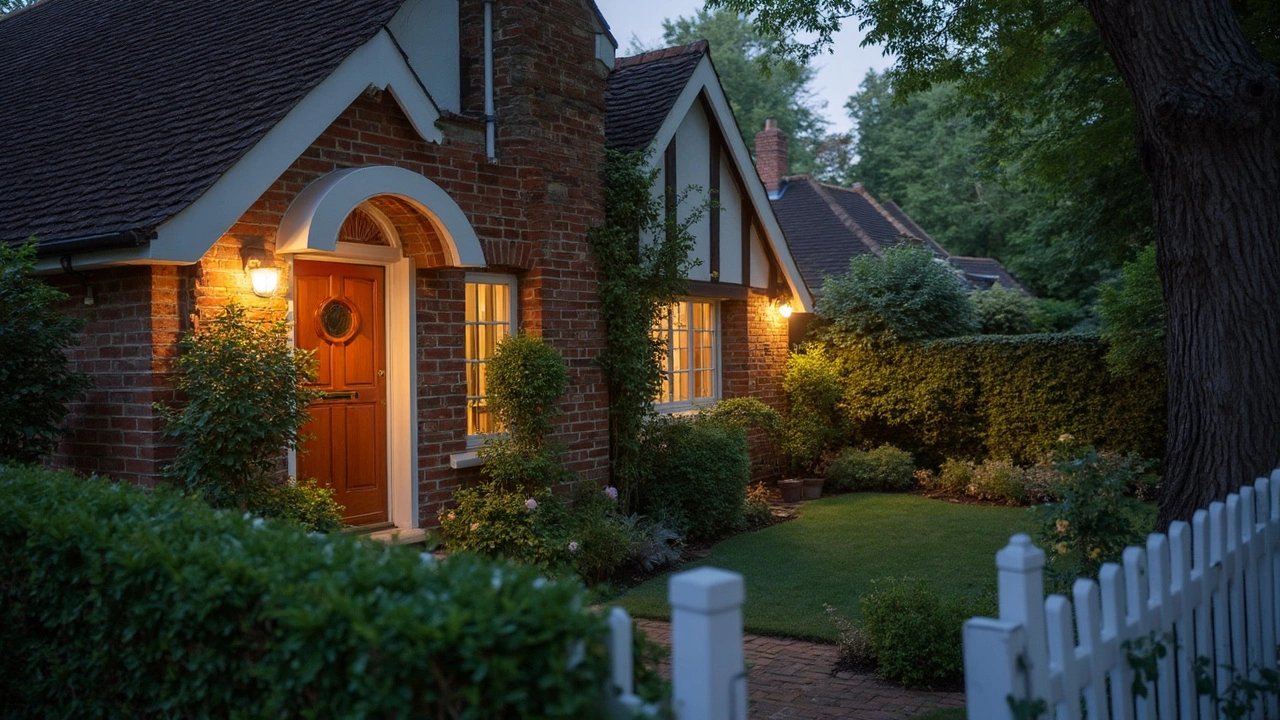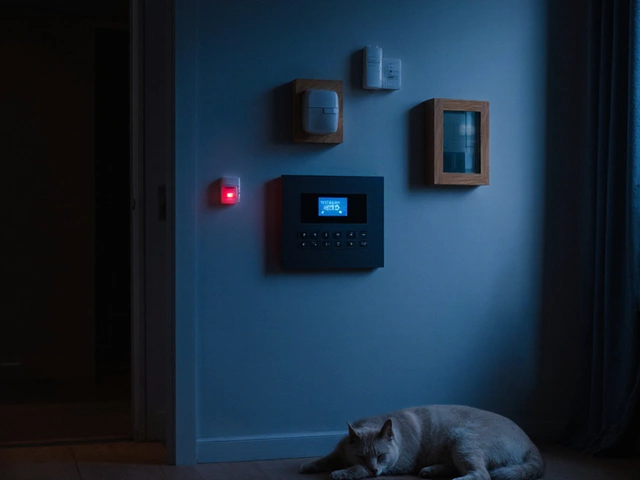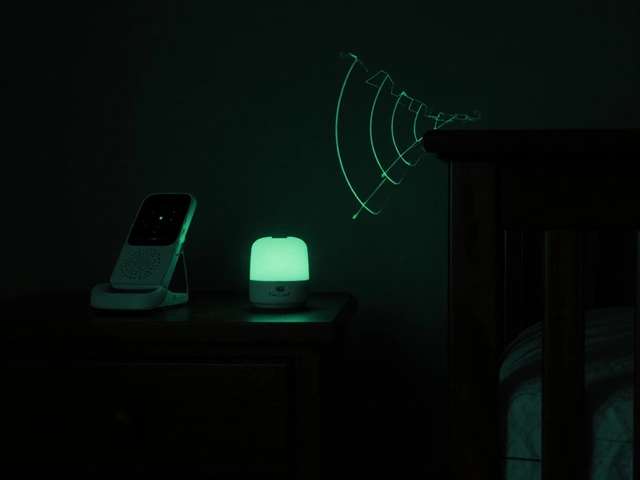DIY Home Safety: Easy Steps to Secure Your Home Yourself
Did you know most break‑ins happen because a simple weak point goes unnoticed? You don’t need a pro to fix that. With a few everyday tools and a bit of research, you can make your house much harder to breach.
First, walk through every entry point and write down what you see: a flimsy back door, a blind spot where a camera can’t see, or a hallway without motion detection. Turn that list into a priority board – the things that cost the least but give the biggest safety boost go on top.
Smart Doorbells and Video Surveillance
Smart doorbells are the front‑door equivalent of a night‑watchman. If you have existing wiring, a wired model gives constant power and never worries about battery life. If you’re renting or prefer flexibility, a battery‑powered unit works fine – just be ready to change or charge it every few months. When you install, use the transformer that matches the UK 16‑V standard; a mismatch can fry the doorbell or give you a weak video feed.
For cameras, choose a mix of indoor and outdoor units. Indoor cameras with a wide‑angle lens cover main rooms, while a weather‑proof outdoor camera watches the porch and driveway. Wi‑Fi cameras are cheap, but they rely on a solid signal; place your router nearby or use a power‑over‑ethernet (PoE) model if the Wi‑Fi is spotty. Remember to set each camera to record motion only – you’ll save storage and make it easier to find relevant clips.
Motion Sensors and Extra Layers of Protection
Motion sensors come in three flavors: PIR (infrared), microwave, and dual‑tech. PIR is cheap and works great for rooms with stable temperature, but it can miss a slow‑moving intruder. Microwave detects movement through radio waves and works in cooler spots, yet it can trigger false alerts from pets. Dual‑tech combines both, giving you the best of both worlds without the nuisance of constant beeps.
Install a sensor near each entrance and in high‑value areas like the master bedroom or home office. Aim the sensor at a 90‑degree angle to cover the doorway fully – avoid pointing it directly at a window where sunlight can cause false alarms. Test each sensor after installation by walking across the detection zone; you should hear a clear beep on the control panel.
Babies and toddlers add another layer to consider. Modern baby monitors now stream video to your phone, let you set alerts for motion, and even integrate with smart speakers. Choose a model that uses encrypted Wi‑Fi to keep the feed private, and place the monitor where it can see the whole room without being too close to the crib – you want a clear view, not a cluttered one.
All these gadgets need a reliable network. If your internet drops, most systems fall back to cellular alerts or local storage. Keep a spare power bank for battery‑run devices and consider a small UPS (uninterruptible power supply) for your hub or central alarm panel. It’s a cheap insurance policy that keeps the whole system alive during a power cut.
Finally, treat your DIY upgrades like a habit. Check battery levels monthly, update firmware when prompts appear, and run a quick test of each device after a storm or after moving big furniture. Small, regular maintenance beats a big emergency fix any day.
With a wired or battery doorbell, strategic cameras, dual‑tech motion sensors, and a secure baby monitor, you’ve built a layered defense that most burglars won’t bother with. And the best part? You did it yourself, without hiring anyone pricey.



